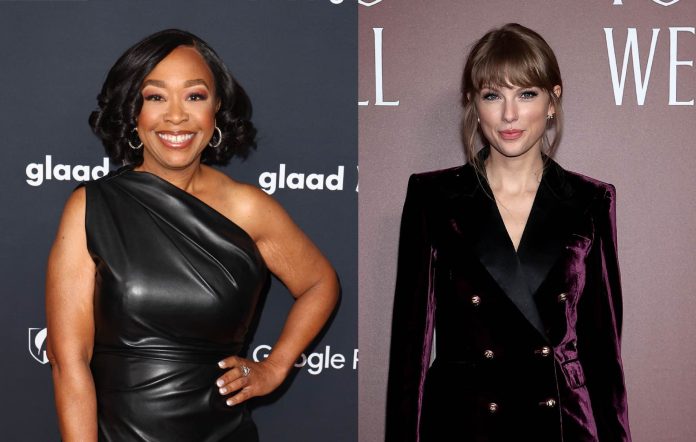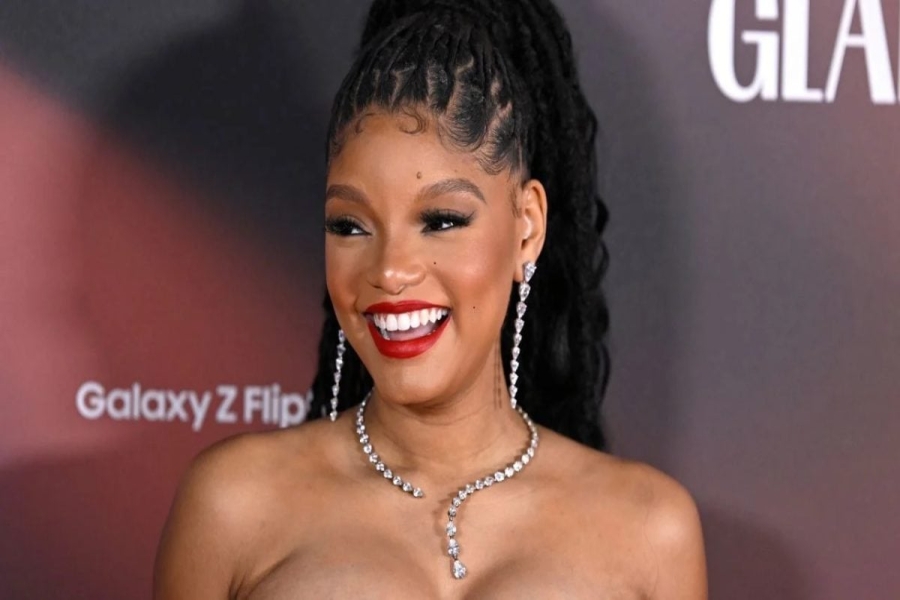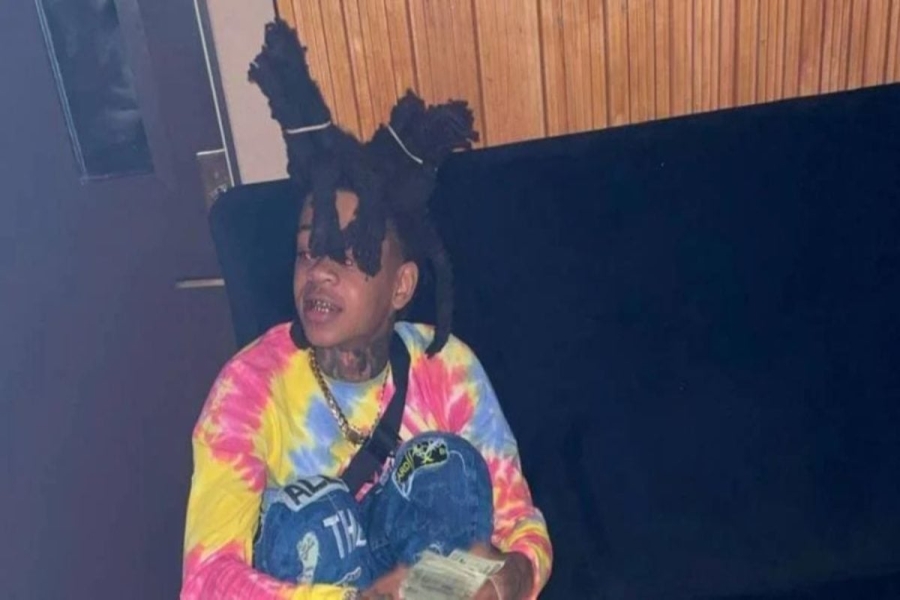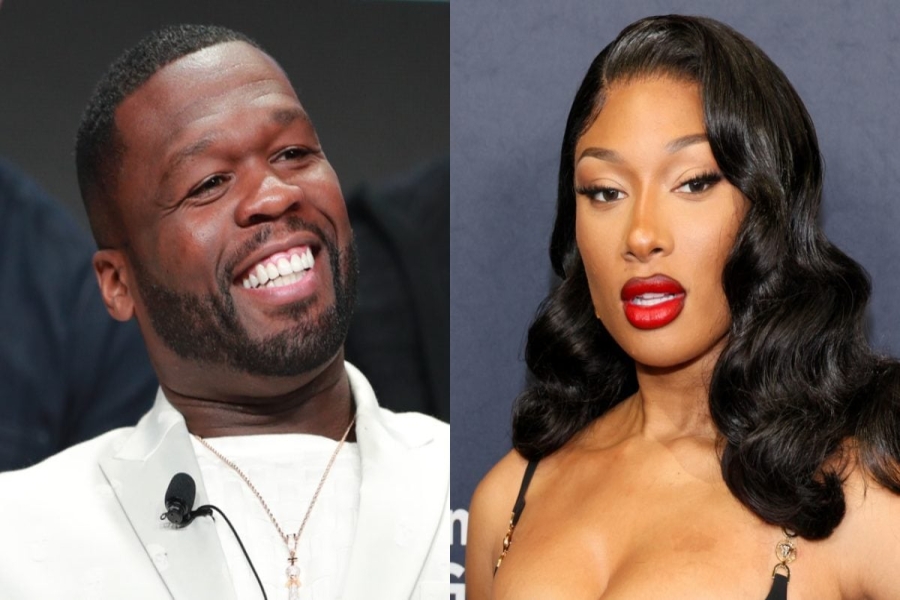Investors are become increasingly interested in music, as Spotify experiences surprising stability on the New York Stock Exchange and the wider recorded-music business basks in what is expected to be its fourth consecutive year of growth in 2018. But as analysts race to meet investor demand for music-industry knowhow, direct input and perspectives from the industry itself are often left out, leading to potential data inaccuracies and misunderstandings.
The latest example of this gap is Citigroup's Putting the Band Back Together: Remastering the World of Music, an 88-page report that the firm published Monday (Aug. 6) as part of its Global Perspectives & Solutions (GPS) series. The report dives into the complex rights and revenue landscape for music -- spanning labels and publishers, streaming platforms, satellite radio and concert promotion -- and outlines the industry’s possible futures, from more vertical and horizontal integration to artists potentially gaining more ownership over their income streams.
“Our institutional clients tend to know a lot about industries that have a certain level of clustering, but music is uniquely complex,” Jason Bazinet, U.S. entertainment, cable & satellite analyst at Citi and one of the primary authors of the report, tells Billboard. “There’s just this huge void in understanding among institutional clients, and an opportunity for us to synthesize all this data. There’s also a tremendous amount of change in terms of how consumers are spending their money, which naturally piques the interest of investors.”
While the report does indicate an increasingly bullish stance on music’s financial future, the music industry itself has had more critical reactions to Citi’s findings, in part because they weren’t clued in on the firm’s research at all.
“We welcome investment community interest in the music business, but it’s unfortunate that some of the methodologies and analysis within this report are incorrect or incomplete,” an RIAA spokesperson tells Billboard. “Going forward, we would encourage anyone interested to better consult leaders within the business. For example, RIAA data was extensively cited, but none of our senior team was consulted.”
Below are the key industry criticisms of Citi’s report and its methodology -- plus rebuttals from Citi analysts themselves.
1) The major companies cited and featured in Citi’s report never heard from analysts prior to the report being published -- raising concerns about incentives and conflicts of interest.
While Citi's report does feature in-depth interviews with music startup founders in its concluding “Expert Views” section (Kevin Brown, founder/CEO of GigRev, and Bjorn Niclas, co-founder of Choon), the authors do not cite any direct interviews or conversations with senior industry sources in the actual data-gathering process, only higher-level financial documents and reports.
Bazinet confirms to Billboard that the report’s main source of data was SEC documents “because that’s where we’re going to get the best financials,” alongside books such as Donald Passman’s All You Need To Know About The Music Business, rather than direct interviews with industry reps. Such a methodology reaffirms how the primary audience for the report is the institutional investor community -- which is arguably concerned more about higher-level company performance, M&A activity and stock movements than about industry-specific complexities.
Sources have also raised concerns to Billboard around conflicts of interest in the report. For instance, Citi counts both SiriusXM and Live Nation as investment banking clients -- the same two companies that are frequently cited in the report as potential drivers of consolidation and vertical or horizontal integration in the music industry. Other analysts outside of Citi have suggested a potential merger among SiriusXM, Live Nation and iHeartMedia, a situation that would presumably involve Citi in helping to evaluate and facilitate deals.
“Not that anyone is making these arguments in bad faith, but people working in finance who want to get into the music industry tend to start with a premise that will make themselves or their clients money, and then work backwards from there to settle on an argument that they think will be good for artists,” one indie source tells Billboard. “It’s not starting from the vantage point of actually figuring out what’s going on in the industry.”
In response to these concerns, a Citi rep tells Billboard that the firm works diligently to separate research analysts' work from those of its investment bankers in order to comply with regulators and that its GPS reports at large are "intended to be evergreen, thought-leadership pieces, not making investment recommendations."
2) Multiple data points used to drive Citi’s arguments, particularly around record contracts and licensing deals, either make sweeping generalizations or are inaccurate.
Several label sources tell Billboard that Citi’s report leverages high-level financial stats to make generalized and/or inaccurate statements about artists’ individual revenue streams, as well as around the mechanics behind label and licensing contracts.
“It moves between these descriptions of aggregate revenues across the industry, and then framing those numbers as if it’s representative of an individual artist’s career, and that’s just not true,” comments one indie-label source.
Perhaps the most polarizing claim from the report is that only 12 percent of all the revenue in the music industry ends up going to artists, a statistic that has been picked up by multiple press outlets.
“Is the percent of industry revenue that makes it to artists really a good measure of how well the industry is doing?” Kevin Erickson, national organizing director at Future of Music Coalition, tells Billboard. “If all working artists quit what they were doing and went out on the street and started busking, they would make 100 percent of that revenue, but that would be stupid. In isolation, that data point doesn’t capture much about what’s going on.”
In a similar vein, Jake Udell, founder of artist management company Th3rd Brain, wrote in his "Art of a Manager" newsletter that the 12 percent figure is “NOT to be confused with an artist’s profit margin.” In particular, Citi included “platform cost” from terrestrial and satellite radio in its overall industry revenue mix, which industry sources say paints an arguably misleading picture of artists’ income streams.
“Right off the bat, before you even look at what a label pays an artist, you’re starting with a huge base of ad revenue that isn’t going to anybody on the recorded music side, thanks to government regulation,” a major-label source tells Billboard. “That 12-percent artist share would go up dramatically if radio were out of the equation. That has nothing to do with middlemen ‘cutting out’ the artist: it has to do with how the U.S., North Korea and Iran are the only countries that don’t pay performance royalties to recording artists on terrestrial radio. That’s almost $15 billion of the $43 billion that they’re sizing in the report.”
Some revenue estimates in Citi’s report are also inconsistent with the very data sources that they cite. For instance, on page 54 of the report, the authors estimate that half of YouTube’s $1.6 billion in music-industry payouts in 2017 were from the U.S., putting YouTube’s total U.S. music revenues last year at $800 million. Yet, the RIAA’s 2017 figures peg revenue from the entire ad-supported streaming category -- including but not limited to YouTube, Vevo and Spotify’s free tier -- at just $659 million.
“Thanks to their mistaken U.S. numbers, the analysts imply a per-stream royalty rate of $0.003 for YouTube, which is much higher than seen in other public reports,” an RIAA rep tells Billboard.
Some label sources claim that the Citi report makes faulty assumptions around modern record contracts, giving an inaccurately disproportionate amount of revenue to labels. For instance, page 34 of the report states that an artist receives between 12 and 20 percent of physical retail royalties off a typical label contract, with the average hovering around 15 percent. “Today, that’s closer to mid-20s in reality,” a major-label source tells Billboard. “And then if you start factoring in streaming and subscriptions, the artist royalty is much closer to the mid-30s. If you’re just pegging 15 percent as the overall average, that’s way too low.”
In addition, Figure 73 on page 61 of the report claims that a whopping 75 percent of revenue from B2B services, labeled “Licensing, Artist Services & Expanded Rights,” typically ends up going to the label, leaving just 25 percent for the artist. “In reality, ancillary revenues like license for merch tend to be much more of a 50/50 split,” says the major-label source. “Some areas of ancillary revenue even give more than 50 percent to the artist.”
In response to these claims around inaccuracy, Bazinet says that even such a gargantuan report cannot realistically capture the diversity of business models in the industry. “It’s fair to say that averages can always be misleading,” he tells Billboard. “Maybe an artist signed to an indie label gets a better deal, or maybe U2 has a better touring arrangement. But we just tried to go right down the fairway, and our overall numbers are pretty close.”
3) Indie artists and labels are concerned about Citi’s conclusions that further industry consolidation will also give artists a greater share of the revenue pie.
One potentially puzzling conclusion from Citi’s report is that more consolidation and integration in the music business can live simultaneously and successfully alongside artists getting a fairer share of the revenue pie, beyond Citi's reported 12 percent. “If you have a stake across the entire value chain -- making money at the artist management, concert promotion and music distribution level -- you have the potential to create more economic value, which affords you the greater luxury to share more of that value with the artist,” Bazinet tells Billboard.
Part of Bazinet’s argument might be valid: as labels, streaming services and concert promoters alike diversify into each other's revenue streams and take on more of a services-oriented relationship with artists, they encourage healthier competition in the market and potentially give artists more leverage.
But just because a music company is more vertically or horizontally integrated, and/or is more profitable, doesn't necessarily mean it will share more of those profits with creators.
“SiriusXM is incredibly profitable right now, but instead of sharing the profit with artists, they’re doing everything they can and hiring more lobbyists to pay artists less,” says Erickson, referring to SiriusXM’s recent efforts to combat the Music Modernization Act on Capitol Hill. “The idea that Spotify is going to become more profitable through diversifying its business, and then out of its generosity is going to start paying artists better, is also not consistent with what we’ve seen. We want all of these companies to do well, but ownership consolidation changes the incentives and it’s very difficult for a company not to start exercising that gatekeeper power in way that are disadvantageous to artists.”
“For the most part, consolidation has been dreadful for artists, particularly when it comes to catalog sales and acquisitions,” Niclas, who was a featured Expert in Citi’s report, tells Billboard. “When you see large tranches of artist's work traded between multinational companies, it's being done for the benefits of those companies, not the artists.”
Consolidation also potentially endangers diversity of business models for artists -- removing the very leverage that artists would otherwise have with the aforementioned services deals. “When you have these giant companies controlling so many parts of the marketplace, there’s just less room for diverse business practices, and more one-size-fits-all models,” says Erickson. “There's less room for new entrants to come in and provide different models that are more remunerative to artists who are not necessarily well-served by the dominant business models, or whose needs are not lined up with what a Live Nation or SiriusXM needs. On the front of enabling diverse artists working across diverse genres and communities to find expression and build sustainable careers, this report is extremely dangerous."
One area where Citi and music-industry execs might be able to agree: further consolidation will make it even more difficult for artists to run careers in a purely independent and DIY manner. “If you end up having this vertical integration where a company owns multiple parts of the whole value stack -- say, the same company that owns Spotify also owns Live Nation -- it’ll be easier for that company to manufacture their own stars, versus an artist just uploading their own video to YouTube and waiting until they get enough followers," says Bazinet. "You need someone who can punch through the clutter and elevate your work. As the industry continues to evolve, I think the DIY model will only get more challenging.”








